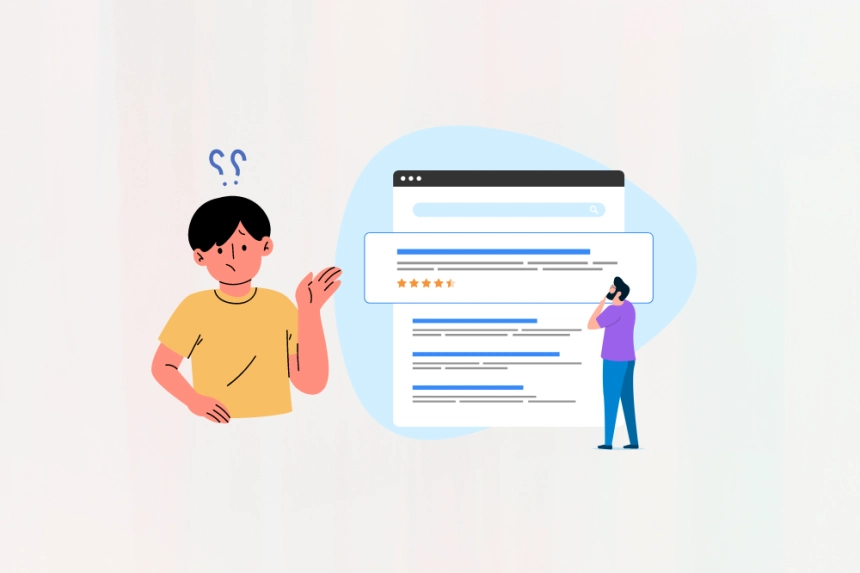What is the optimal length of the Title tag for SEO and why?


The Title tag is one of the most important elements in SEO (Search Engine Optimization) that can influence a webpage's performance in search engines. In this article, we will explore the optimal length for the Title tag, the reasons behind this recommendation, and some best practices for its use.
What is the Title tag?
The Title tag is an HTML element that defines the title of a webpage. This title is displayed in the browser tab and in the search results of Google and other search engines. It is crucial for helping users understand what a page is about and also for informing search engines about its content.
<title>This is an example of a Title tag</title>
Optimal length of the Title tag
Recommended length
The ideal length for the Title tag is between 50 and 60 characters, including spaces. This recommendation is based on several considerations:
- Visibility in search results: Google tends to truncate titles that exceed 60 characters, meaning that parts of the title may not be visible to users. This can decrease perceived relevance and impact the click-through rate (CTR).
- User experience: A concise and clear title helps users quickly understand the topic of the page, which may increase the likelihood of them clicking on the link.
SEO considerations
Indexing and relevance
Search engines consider the Title tag as one of the most important factors in determining a page&amp;amp;#039;s theme. A well-written title should not only be descriptive but also include relevant keywords to improve indexing and relevance in search results.
Brand and recognition
Including the brand name in the Title tag can be beneficial, especially for already recognized companies. However, it is recommended to place it at the end of the title to prioritize the main topic of the page.
Factors to consider when creating a Title tag
Keyword inclusion
Keywords should be an integral part of the title. It is recommended to place the main keyword at the beginning of the title to increase the likelihood of it being recognized by search engines.
Avoid keyword stuffing
While including keywords is important, excessive keyword stuffing can be harmful. Titles should sound natural and appealing to users.
Create an engaging title
A good title should not only be informative but also persuasive. Using action verbs and questions can increase user curiosity and, therefore, improve the CTR.
Examples of good Title tags
Here are some examples of well-crafted Title tags:
- Example 1: "How to Improve Your Website's SEO: Complete Guide"
- Example 2: "The Best Cooking Recipes for Beginners"
- Example 3: "Travel Guide to Japan: Everything You Need to Know"
Common mistakes when using the Title tag
- Titles that are too long: Exceeding 60 characters can cause titles to be cut off in search results, resulting in lower visibility.
- Duplicate titles: Each page should have a unique Title tag to avoid confusion for both users and search engines.
- Not including keywords: Ignoring the use of relevant keywords can significantly affect a page's ability to be found.
Conclusion
The length of the Title tag is a fundamental aspect of SEO. By keeping it between 50 and 60 characters and following the best practices outlined, you can improve your page&amp;amp;#039;s visibility in search engines and increase the click-through rate. Always remember to create titles that are informative and engaging, and feel free to experiment with different approaches to discover what works best for your audience.
By implementing these tips, you will be on your way to optimizing your webpages for better search performance and a more satisfying user experience.






